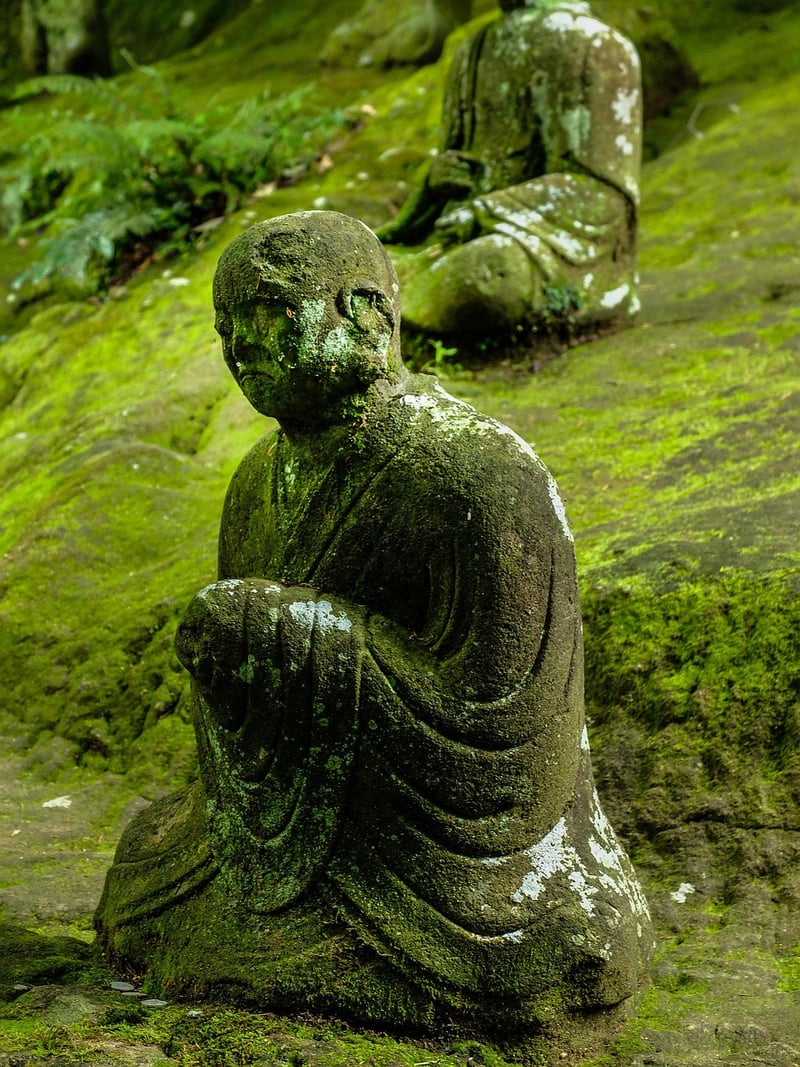Artful meditation spaces
Integrating Mindfulness into Landscaping: Creating Artful Meditation Spaces
Welcome to a guide on how to infuse mindfulness into your landscaping to cultivate artful meditation spaces in your outdoor environment. By incorporating elements that promote peace, tranquility, and reflection, you can create a serene oasis that nurtures both your physical surroundings and your mental well-being.
The Benefits of Mindful Landscaping
Mindful landscaping goes beyond aesthetics; it is about engaging all your senses and creating a harmonious connection between nature and self. Some benefits include:
- Reduced stress and anxiety
- Increased relaxation and focus
- Enhanced creativity and inspiration
- Improved overall well-being
Elements to Consider
1. Natural Materials
Use natural materials like wood, stone, and water to add texture and a sense of grounding to your space.
2. Zen Gardens
Create a Zen garden with carefully placed rocks, sand, and minimalistic vegetation to evoke a sense of calm and simplicity.
3. Water Features
Integrate water features like fountains or ponds to add a soothing element and promote relaxation through the sound of flowing water.
4. Meditation Areas
Designate specific meditation areas with comfortable seating, cushions, and perhaps a focal point like a sculpture or a tree for contemplation.
5. Native Plants
Choose native plants that thrive in your climate to create a sustainable and low-maintenance landscape that blends seamlessly with the environment.
Creating Artful Meditation Spaces
Artful meditation spaces are designed to inspire introspection and mindfulness through art and nature. Here are some ideas to incorporate into your outdoor sanctuary:
1. Sculptures and Statues
Choose sculptures or statues that resonate with you and place them strategically in your space to serve as focal points for reflection.
2. Wind Chimes
Hang wind chimes that create soothing sounds with the breeze, adding a musical element to your meditation area.
3. Symbolic Plantings
Plant flowers or trees that hold personal significance to you, symbolizing growth, renewal, or peace.
4. Creative Pathways
Design pathways with intricate patterns or mosaics that encourage mindful walking meditations, focusing on each step and breath.
5. Reflective Surfaces
Include mirrors or reflective surfaces that capture the beauty of nature and create a sense of spaciousness in your meditation space.
Conclusion
By blending mindfulness principles with landscaping techniques, you can transform your outdoor space into a sanctuary for relaxation, contemplation, and rejuvenation. Whether you seek a peaceful retreat or a creative haven, incorporating artful meditation spaces into your landscape design can enhance your well-being and connect you more deeply with nature and yourself.
Embrace the journey of creating mindful landscapes that inspire and nourish your body, mind, and soul.



